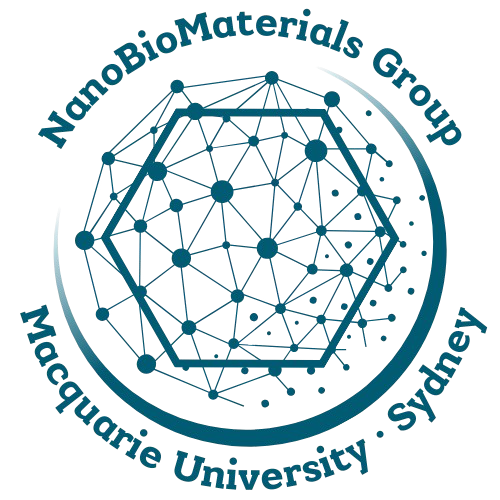Drug delivery properties of nanoporous materials

We are interested in the properties of mesoporous silica materials which have ordered pores between 2-50 nm and amorphous silicon dioxide walls. The large surfaces areas, which may be as high as 1500 m2/g, are composed of silanol groups (Si-OH). These silanol groups may be functionalised for further bioconjugation or encapsulation of more complex groups, such as fluorophores or pharmaceutical drugs.
Over the last decade, the field of ordered mesoporous materials has seen an expansion of the number of reported biomedical applications using both nano- and micron- sized particles. Mesoporous materials selectively interact with biological systems by means of their surface and morphological properties opening new doors for therapy development in drug delivery, including drug targeting strategies. Within drug formulation, the enhancement of apparent solubility of pharmaceutical compounds in order to improve their bioavailability and pharmacokinetic properties is emerging as an area where tangible industrial and clinical benefit can be achieved.
Our results show that confinement of pharmaceutical drugs within mesoporous silica structures prevents the crystallization of the compound within the pore space which improves the drug solubility of the compound and its eventual bioavailability. Mesoporous silica particles exhibit a diffusion controlled mechanism of drug release and can lead to an enhancement of solubility equivalent to 71 times higher than a similar dose of the unloaded, free drug. These values can be reproduced in vivo.
Our research now centers in the relation between chemical properties of the drug compound such as molecular weight, solubility and crystallization behaviour; and the range of confinement effects that can be achieved in a variety of mesoporous pore structures.

